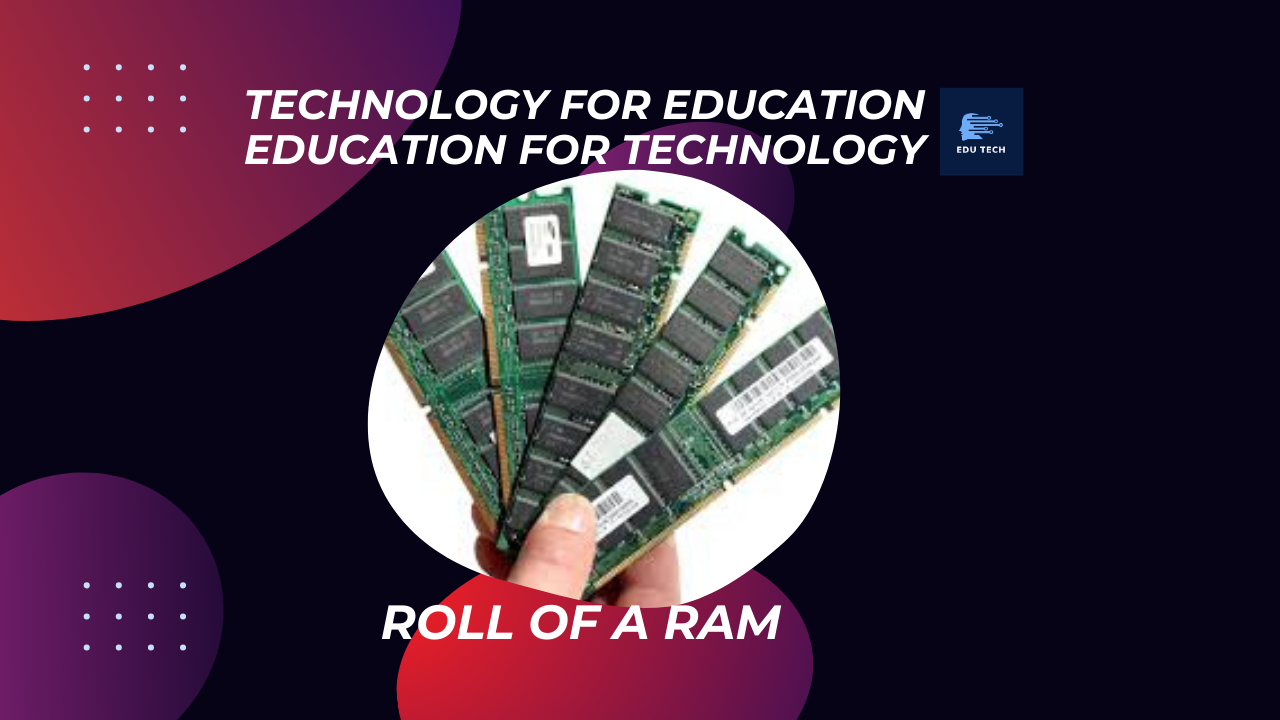Types of RAM – Different variations of RAM
- DIMM (dual in-line memory module) – it is called a RAM stick. It is a long, thin strip of printed circuit board containing RAM (random access memory) chips, with pins that connect it directly to a motherboard.
- RIMM(Rambus memory module) – Rambus works by transferring data on both the leading and trailing edge of the clock cycle.
- SIMM (single inline memory module) – A small printed circuit board that plugs into a socket on a personal computer and increases the available random-access memory (RAM).
- SO-DIMM(small outline dual in-line memory module), and SOO-RIMM ((small outline single in-line memory module)

- As the computer boots, parts of the operating system and drivers are loaded into memory
- which allows the CPU (central processing unit) to process instructions faster and speed up the boot process.
- After the operating system is loaded, programs you open like the browser you’re using to view this page are also loaded into memory.
- If too many programs are open, the computer swaps the data in the memory between the RAM and the hard disk drive.
- A computer’s performance is largely attributed to the amount of memory it contains.
- If a computer does not have the recommended memory to run the operating system and its programs, it results in slower performance.
- The more memory a computer has, the more information and software it can load and process quicker.
















